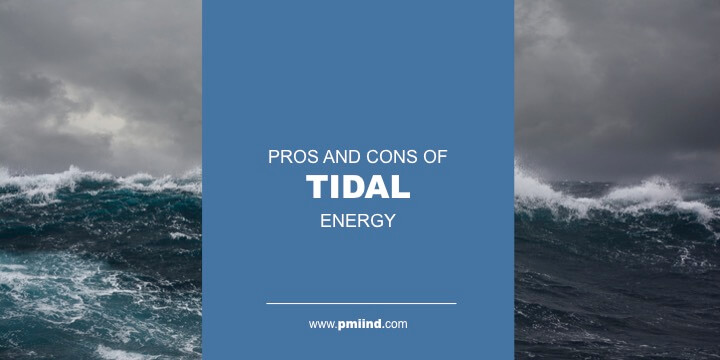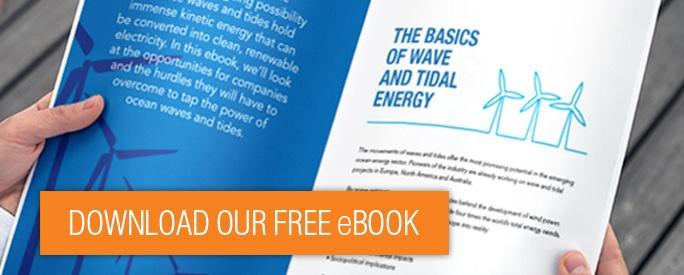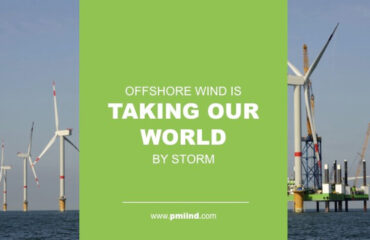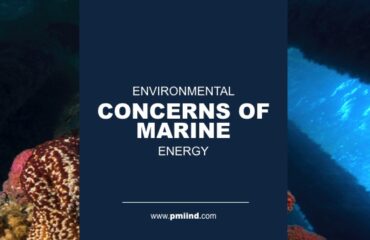Gravity from the sun and moon tugs at the surface of our oceans, creating tides that move massive quantities of water across broad expanses of shoreline twice a day. All that moving water produces kinetic energy we can convert into electrical power.
Though all of the earth’s continents have shorelines and tides, we haven’t done much with all that energy. To date, tidal energy technology generally takes two forms:
- Tidal current converters. These devices are typically underwater turbines that look much like a wind turbine and capture energy from water moving past the blades.
- Coastal barrages. A barrage is a kind of dam across the opening of an estuary. It works much like a hydroelectric plant, except that it uses turbines to capture energy from rising tidewater rather than river water.
Current technologies offer only a glimpse at tidal energy’s potential. To get the whole picture, we need to weigh the pros and cons of tidal energy.
Here’s a quick summary:
5 Key Advantages of Tidal Power
Cleanliness
Tidal energy is green: It does not pollute the atmosphere with greenhouse gases.
Consistency
Tides happen at the same time every day with such regularity that they can be scheduled years or even decades in advance. Other alternative energy sources like wind and solar are vulnerable to the vagaries of weather.
Permanence
As long as we have the sun and moon, tidal energy will be here in abundance. By contrast, our supply of usable fossil fuels is finite. Eventually we will burn it all.
Long-term Economy
Once a tidal-power system is up and running, it’s comparatively cheap to maintain because the technology has few moving parts — particularly in comparison to the complex web of technologies and machinery required to refine fossil fuels and burn them in turbine-driven power plants.
Energy Efficiency
Tides have extremely high energy density compared to wind power and other energy sources, which means very little power gets wasted in the process of converting kinetic energy into electricity.
5 Key Disadvantages of Tidal Power
Intermittence
Tidal power is abundant only at specific times of day, so storage is required to ensure 24-hour power.
Startup costs
Tidal power systems are expensive to develop and deploy. In the short term it’s difficult for private investors in tidal power to turn a profit. Governments and nonprofits can help fund the development of tidal power, but they are subject to taxpayer demands and funding limitations.
Biofouling
Tidal energy devices are subject to harsh saltwater environments that are teeming with life. Plants and animals can attach themselves to devices and complicate the operation of tidal power systems.
Environmental risk
A substantial tidal energy system could reshape a delicate seashore environment, inviting the arrival of invasive species and threatening species that already live there.
Location
Only a few sites have tides that rise and fall far enough to generate sufficient energy to warrant the use of tidal-power systems. Also, they must be close to the shore, which could disrupt local economies and challenge people’s aesthetic preferences.
Embracing the Pros and Cons of Tidal Power
Alternative fuel sources like tidal power do not have to replace fossil fuels — at least not yet. But our changing climate and the challenges of fossil fuel dependence oblige us to weigh all of our options and deploy alternative power systems where they are practical.
Tidal power can be appropriate in certain places at specific times of day, provided we account for its effects on local ecosystems. Any locale where it can be deployed represents a reduction in the quantity of greenhouse gases in the earth’s atmosphere. That’s a net benefit for society.







